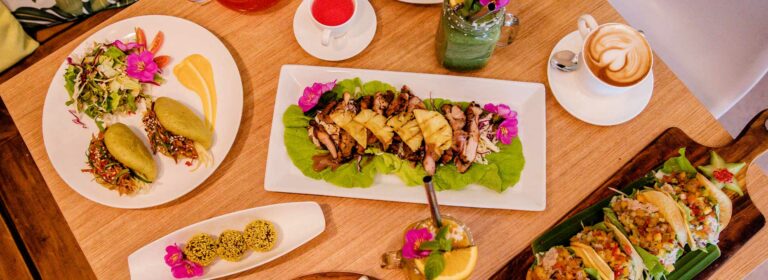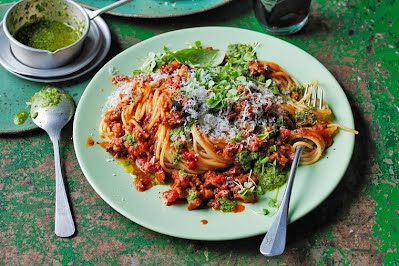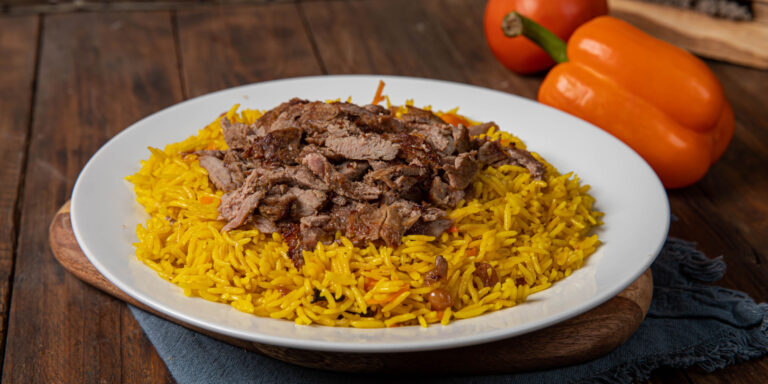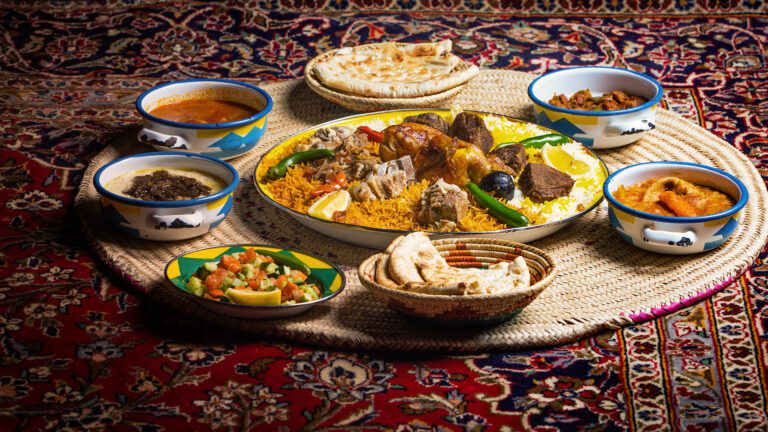Introduction
Saint Vincent and the Grenadines is an island nation located in the Caribbean Sea. Its cuisine is a fusion of African, European, and Indigenous influences, shaped by the country’s rich historical background and abundant natural resources. The island’s cuisine offers a unique culinary experience that reflects its heritage and traditions.
Historical background of Saint Vincent and the Grenadines
Saint Vincent and the Grenadines was colonized by the French in the 18th century, followed by the British. The African slaves brought to the island by the Europeans introduced their culinary traditions, which were blended with the French and British influences. The indigenous people of the Carib and Arawak tribes also contributed to the country’s cuisine with their use of local ingredients and cooking methods.
Natural resources of Saint Vincent and the Grenadines
The country’s abundant natural resources have played a significant role in shaping its cuisine. Saint Vincent and the Grenadines is known for its fertile soil, producing a wide variety of fruits and vegetables, including bananas, plantains, yams, breadfruit, and callaloo. The island’s coastal waters are rich in fish and seafood, including lobster, conch, and flying fish. Additionally, the country produces its own rum and has a thriving cocoa industry.
Culinary influences from the country’s history and resources
The fusion of African, European, and Indigenous influences in Saint Vincent and the Grenadines cuisine can be seen in the use of spices, herbs, and cooking methods. African slaves brought with them a tradition of using hot peppers, garlic, and spices in their cooking, which is still prevalent in the country’s cuisine. The French introduced sauces, while the British brought baking techniques such as pies and pastries. The Indigenous people of the Carib and Arawak tribes contributed their use of local ingredients, including cassava and coconut.
Traditional dishes of Saint Vincent and the Grenadines
One of the most popular traditional dishes in Saint Vincent and the Grenadines is called “saltfish and provision.” This dish is made with salted cod, boiled root vegetables such as yams or sweet potatoes, and sautéed onions. Another popular dish is “roti,” a flatbread filled with curried meat or vegetables. “Callaloo soup” is a vegetable soup made with the leafy greens of the callaloo plant, coconut milk, and spices.
Modern cuisine of Saint Vincent and the Grenadines
The modern cuisine of Saint Vincent and the Grenadines has been influenced by international cuisine and creative chefs who are blending traditional ingredients with new techniques and flavors. The island’s seafood is often prepared with a fusion of Caribbean and European flavors, such as grilled lobster with garlic butter sauce. Additionally, vegetarian and vegan options are becoming more prevalent, featuring local ingredients such as breadfruit and callaloo in innovative ways. The country’s rum industry has also inspired mixologists to create unique cocktails using local fruits and spices.
In conclusion, Saint Vincent and the Grenadines cuisine is a fusion of its rich historical background and abundant natural resources. The island’s traditional dishes reflect the country’s cultural heritage, while modern cuisine is inspired by innovative chefs and international influences. Whether you’re a foodie or a casual traveler, exploring the cuisine of Saint Vincent and the Grenadines is an essential part of experiencing its unique Caribbean culture.










